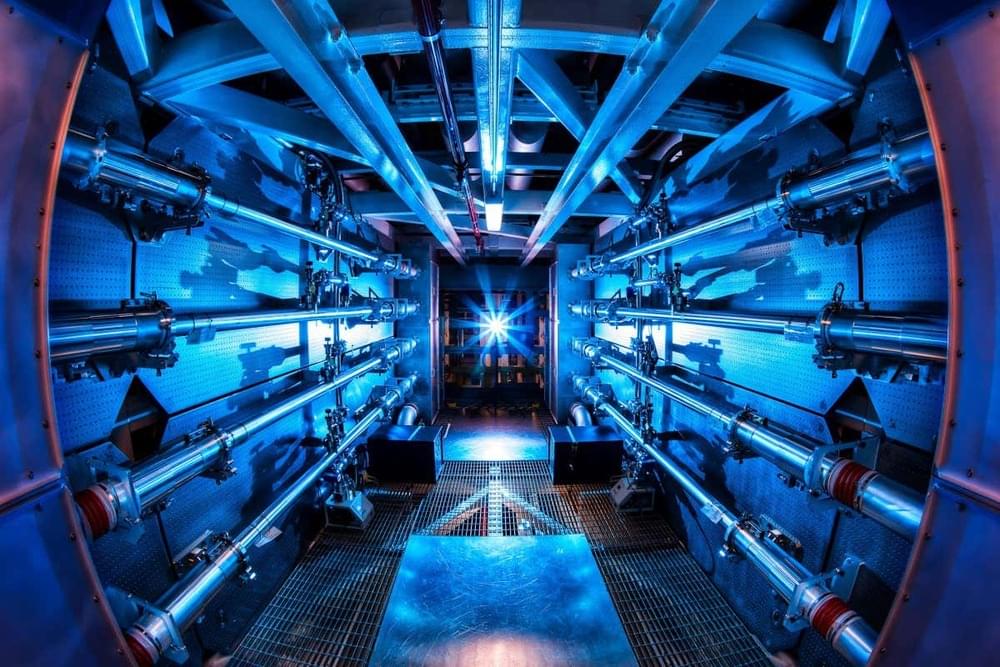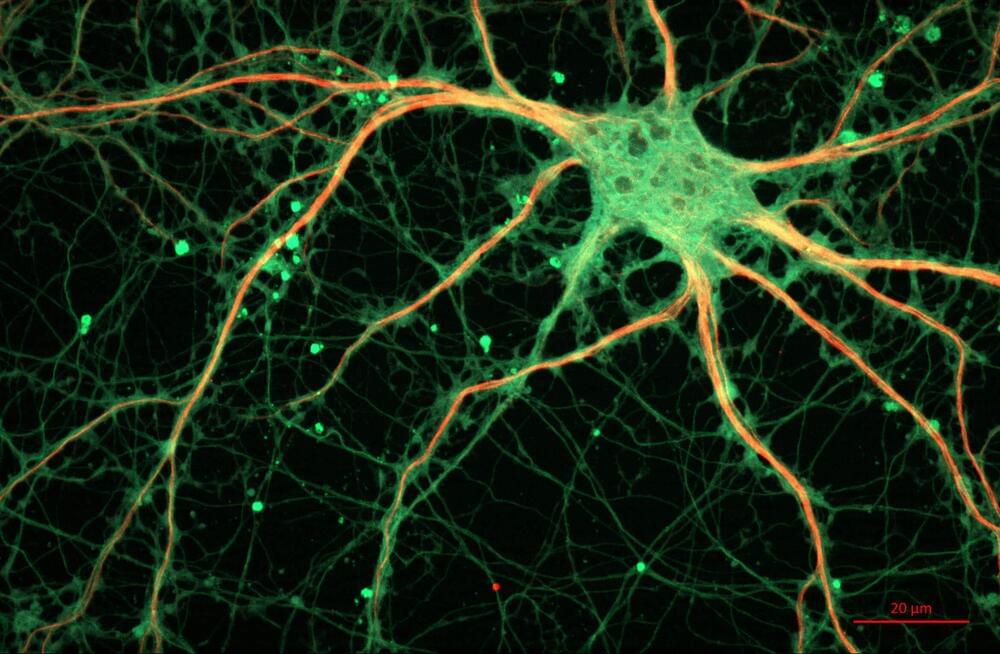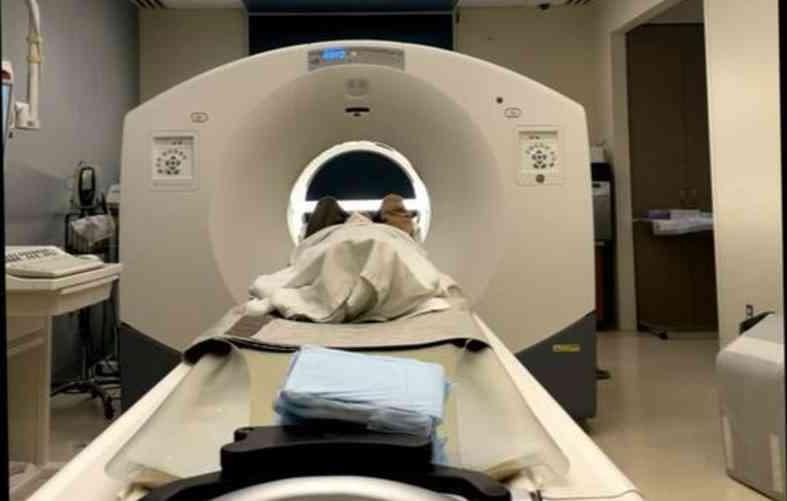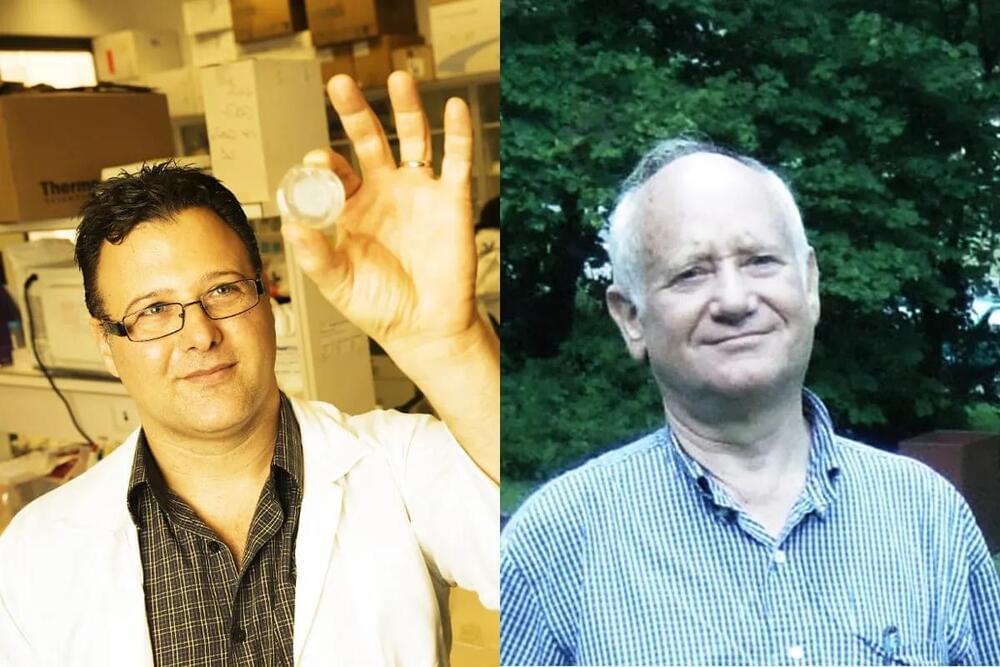With the ongoing and deadly Russian and Ukraine war, the world continues to hold its breath as death tolls, building, communities, and relationships are shattered. The Russian invasion has been nothing short of devastation with Russian forces inflicting so much pain. The trickle down effects are not just with the two battling countries involved, but it has also created a domino effect on world powers like the United States. There have been fears that with the slowing progress of the Russian front, that they may instigate everyone’s worst nightmare: a nuclear bomb attack. Russia has stated before that any country that will assist Ukraine “will feel powers like never before.
Get the latest international news and world events from around the world.
US Shocked: China Tests MOST DANGEROUS Space Weapon | FOBS
US shocked: china tests MOST DANGEROUS military weapon.
China’s FOBS can go around the planet at hypersonic speeds to wipe out entire cities — and the United States is very worried. FOBS stands for Fractional Orbital Bombardment System — a weapon that goes into orbit and deorbits at the right time to deal maximum damage to targets, making even the most advanced missile-defense systems almost useless. This is no casual, baseless project. The US Military has reason to believe the FOBS was designed to be used against them and they’re not about to be silent about it. In this video, we shed light on this punch-for-punch dangerous arms race going on between two of the world’s most powerful nations.
🔵———THUMBNAIL — JUST ILLUSTRATION——–🔵
💙 Subscribe to get the latest updates:
For More Videos :
1 — Japanese Reborn YF-23 Will Make China and Russia Panic.
2 — US Shocked: China Tests MOST DANGEROUS Military Weapon.
https://youtu.be/eGiYNExDk3s.
3 — NASA Builds Impossible Light Speed Engine To Break Laws Of Physics.
https://youtu.be/fFex12IJGbk.
©️ COPYRIGHT / LICENSING
The US Tests Deadly LASER Weapon on Its Fighter Jets
The three largest aerospace companies in the world – Boeing, Lockheed Martin, and Grumman Northrop – were…
Complexity Theory Course
View insights.
Share your videos with friends, family, and the world.

Researchers discover unique material design for brain-like computations
Over the past few decades, computers have seen dramatic progress in processing power; however, even the most advanced computers are relatively rudimentary in comparison with the complexities and capabilities of the human brain.
Researchers at the U.S. Army Combat Capabilities Development Command’s Army Research Laboratory say this may be changing as they endeavor to design computers inspired by the human brain’s neural structure.
As part of a collaboration with Lehigh University, Army researchers have identified a design strategy for the development of neuromorphic materials.


Neuroscience research suggests LSD might enhance learning and memory
New research published in Experimental Neurology provides some initial evidence that the psychedelic substance known as LSD has nootropic properties. The study found that LSD increased markers of neuroplasticity in human brain organoids, increased novelty preference in rats, and improved memory performance in humans.
When combined with psychotherapy, psychedelic drugs have shown promise in the treatment of psychiatric conditions such as depression, PTSD, and addiction. But the cellular and molecular mechanisms involved in the therapeutic effects of psychedelics remains unclear.
Some research has indicated that psychedelic substances produce positive impacts, in part, because they promote neurogenesis and neuroplasticity. The authors of the new study were interested in better understanding whether the neuroplasticity induced by psychedelics could be harnessed to enhance learning and memory.
Donald Hoffman Λ Joscha Bach on Consciousness, Free Will, and Gödel [Theolocution]
Deep dive into the nature of consciousness and reality.
Sponsors: https://brilliant.org/TOE for 20% off. For Algo’s podcast https://www.youtube.com/channel/UC9IfRw1QaTglRoX0sN11AQQ and website https://www.algo.com/.
Patreon: https://patreon.com/curtjaimungal.
Crypto: https://tinyurl.com/cryptoTOE
PayPal: https://tinyurl.com/paypalTOE
Twitter: https://twitter.com/TOEwithCurt.
Discord Invite: https://discord.com/invite/kBcnfNVwqs.
iTunes: https://podcasts.apple.com/ca/podcast/better-left-unsaid-wit…1521758802
Pandora: https://pdora.co/33b9lfP
Spotify: https://open.spotify.com/show/4gL14b92xAErofYQA7bU4e.
Subreddit r/TheoriesOfEverything: https://reddit.com/r/theoriesofeverything.
Merch: https://tinyurl.com/TOEmerch.
LINKS MENTIONED:
–QBism Paper: https://arxiv.org/abs/1003.5209
–Donald Hoffman’s book The Case Against Reality (affiliate): https://amzn.to/34eWmxz.
–Plato and the Nerd (affiliate): https://amzn.to/34GMexr.
TIMESTAMPS:
00:00:00 Introduction.
00:03:34 Is a Theory of Everything possible? / Definition of Consciousness.
00:08:32 Spacetime’s fundamental nature (or not)
00:14:27 Joscha Bach on mysterianism, telepathy, and consciousness.
00:34:40 Joscha has a way of interpreting the Bible literally.
00:42:01 Physical world vs Computational world.
00:57:57 On Gödel and changing the definition of truth to provable / computable.
01:12:33 What parts of the mind makes statements beyond computation?
01:13:57 Real numbers don’t exist?
01:15:23 [Prof. Edward Lee] Reality is not necessarily algorithmic.
01:34:02 Donald Hoffman on Free Will.
01:44:03 Joscha Bach on Free Will and whether a TOE exists.
01:57:10 What would change in Bach’s model if classical logic was correct?
02:07:42 Penrose and Lucas argument regarding Gödel and the mind.
02:13:55 Closing thoughts from Bach and Hoffman on each other’s work.
Just wrapped (April 2021) a documentary called Better Left Unsaid http://betterleftunsaidfilm.com on the topic of “when does the left go too far?” Visit that site if you’d like to watch it.


Researchers discover new molecules with longevity boosting potential
Researchers at the Hebrew University of Jerusalem have discovered a new family of molecules that enable cells to repair damaged components, making it possible for those tissues to retain proper function. The efficacy of the molecules was demonstrated on a model organism – the C. elegans roundworm. The research team examined the effect of various therapies on longevity and quality of life, and successfully showed they can protect the worm and human cells from damage.
The researchers, led by Professors Einav Gross and Shmuel Ben-Sasson, have founded a company called Vitalunga to advance the research and translate it into therapeutics.
Longevity. Technology: A major factor in aging tissues is the reduced effectiveness of our cell’s quality-control mechanism, which leads to the accumulation of defective mitochondria – the cellular ‘power plants’ responsible for energy production. Mitochondria can be compared to tiny electric batteries that help cells function properly. Although these ‘batteries’ wear out constantly, our cells have a sophisticated mechanism called mitophagy that removes defective mitochondria and replaces them with new ones. However, this mechanism declines with age, leading to cell dysfunction and deterioration in tissue activity, and is implicated in many age-related diseases, such as Alzheimer’s disease, Parkinson’s disease, heart failure and sarcopenia.